MIDI controller reprogrammability is key for producers wanting to optimize their hardware workflow.
But can you tweak and customize any device on the market?
As we dive in, it becomes clear there are limitations with many controllers.
However, for those willing to dig deeper, creative workarounds can unlock new levels of flexibility.
Can All MIDI Controllers Be Reprogrammed?
The short answer is no, not all MIDI control surfaces allow flexible remapping of controls.
While many advanced surfaces do enable customization, some lower-end controllers have closed architectures that restrict reprogramming.
Below we’ll explore the topic of MIDI controller reprogrammability in more depth, including specific devices and techniques that provide more flexibility as well as closed systems that limit customization.
What is a MIDI Control Surface?
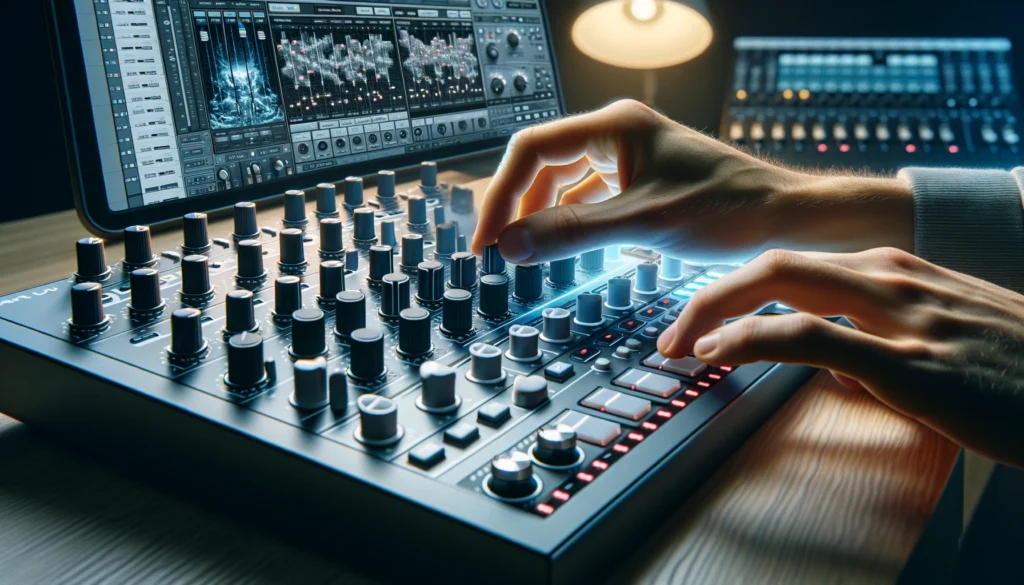
A MIDI control surface is a hardware device that is used to control different parameters of MIDI software or hardware.
These devices often take the form of large mixing consoles, control panels, drum pads, and other interfaces that provide physical controls.
The key purpose of a MIDI control surface is to allow the user to manipulate software settings and functions using physical knobs, faders, buttons, and other controls rather than only using a mouse and keyboard with the software GUI.
This allows for more hands-on control and can speed up workflows for many users.
Many MIDI control surfaces connect to a computer via USB or MIDI cables.
The surface then sends MIDI control change messages to the software that correspond to the movements of faders, presses of buttons, and other actions.
This allows the surface to remotely control parameters like virtual mixer levels, software instrument settings, DAW transport functions, and more.
The assignments of controls to different MIDI messages is a key part of how the surface is able to manipulate different software parameters.
The Concept of Reprogrammability
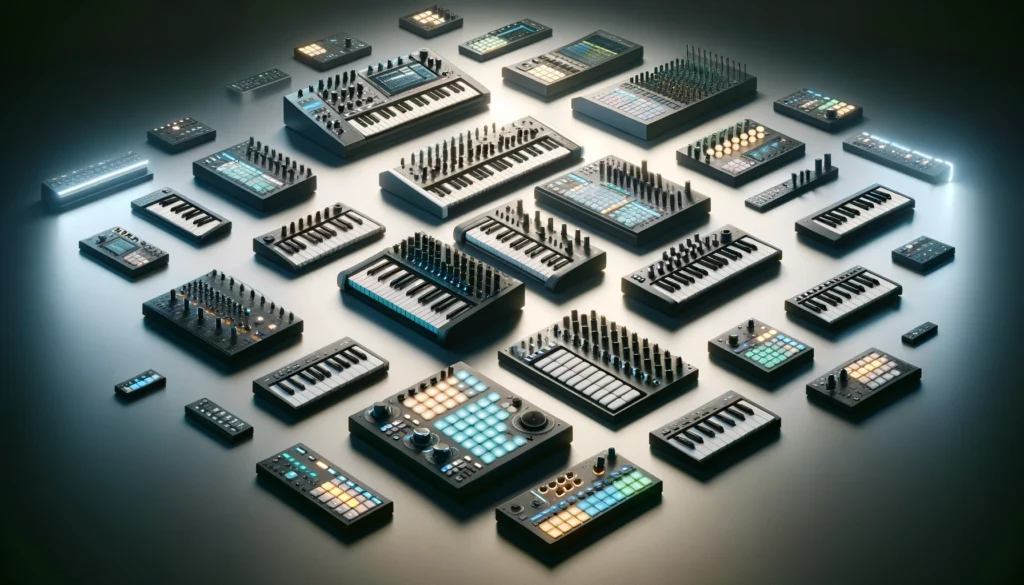
When referring to a MIDI control surface being reprogrammable, this means the ability to change what MIDI commands and functions are assigned to the various buttons, faders, rotary knobs, and other controls on the hardware surface.
Most control surfaces have some kind of factory mapping where the buttons, faders, and other controls are pre-assigned to send certain MIDI messages by default that control certain parameters.
Reprogrammability refers to the ability to override these default MIDI mappings and assign different MIDI control change messages to the controls in order to change what functions they perform.
This level of customizability allows the surface to be configured specifically to a user’s needs and workflow with their music software and instruments.
Factors That Allow Reprogramming

There are a few key factors that determine whether a MIDI control surface can be reprogrammed or not.
Many professional and advanced MIDI surfaces include software editors that allow the user to customize and reassign MIDI messages to all of the available controls.
This provides full and easy reprogramming ability.
Surfaces that follow open protocols like the Mackie Control protocol have the advantage that there is third-party software available to edit and reconfigure the control assignment since the protocol specs are openly available.
On the other hand, some control surface manufacturers intentionally limit which controls can be reassigned or customize to protect certain functions from being changed.
So some surfaces offer more reprogramming flexibility than others.
Surfaces With Reconfigurable Controls
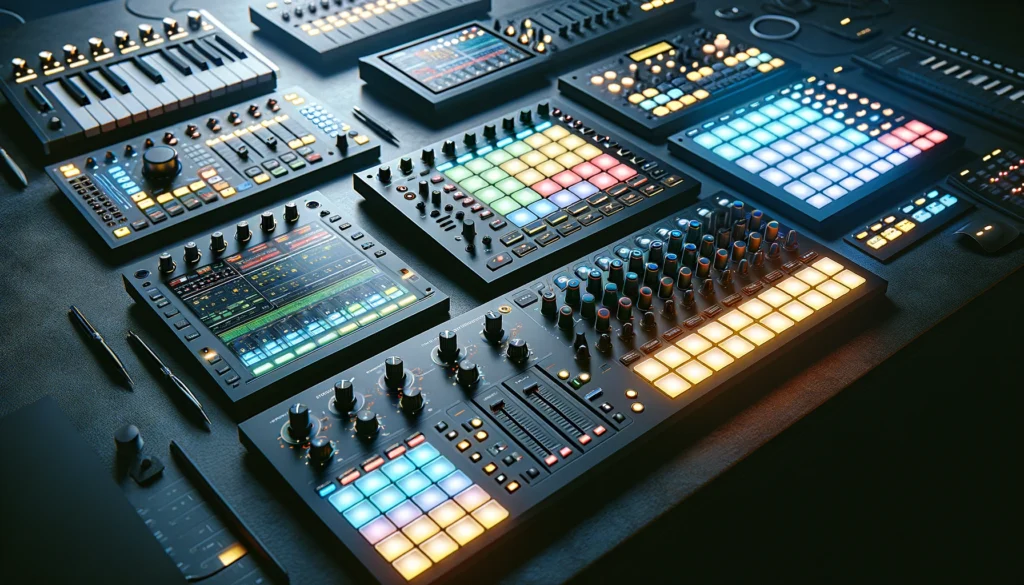
Many popular MIDI control surfaces are designed specifically to offer flexible reprogrammability of the various buttons, faders, knobs, and pads to control different parameters.
For example, controllers like the Akai APC40 and Novation Launchpad have grids of buttons and pads that all can have their MIDI note or control change assignments edited to suit the user’s needs.
Similarly, mixers like those in Native Instruments’ Kontrol series can have the knobs, faders, and buttons mapped to send different MIDI messages other than the factory presets.
This allows the user to control instrument and effect parameters beyond just virtual mixer levels.
The larger and more advanced MIDI surfaces tend to allow users more options for reconfiguring control assignments since they are designed for professional workflows where customizability is important.
Closed or Restricted Control Systems
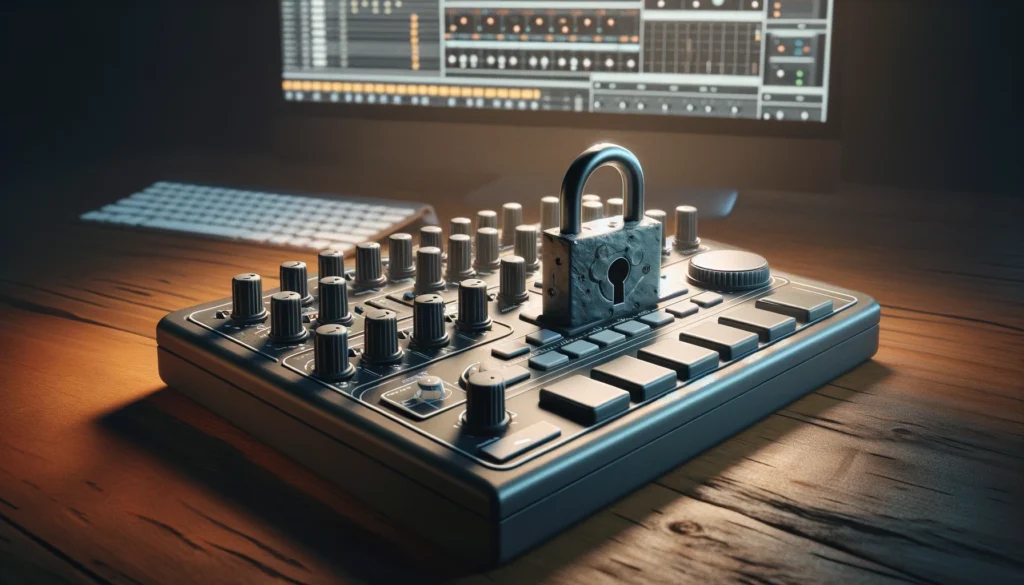
However, not all MIDI control surfaces allow for the same flexibility and customization capability when it comes to remapping controls.
This is more common among lower-priced or entry-level controllers.
The goal with these simpler devices is often focused more on ease of use rather than advanced customization.
Some control surfaces have a completely closed architecture and do not allow any third-party customization of MIDI mapping or access to reprogramming functions altogether.
So users are stuck with the factory presets for the control functions.
Likewise, some manufacturers have proprietary MIDI protocols for their devices that do not provide official documentation on customizing control assignments.
So there is no authorized way for users to reprogram the controls even if it might be technically possible by reverse-engineering the protocol.
Workarounds for Restricted Surfaces
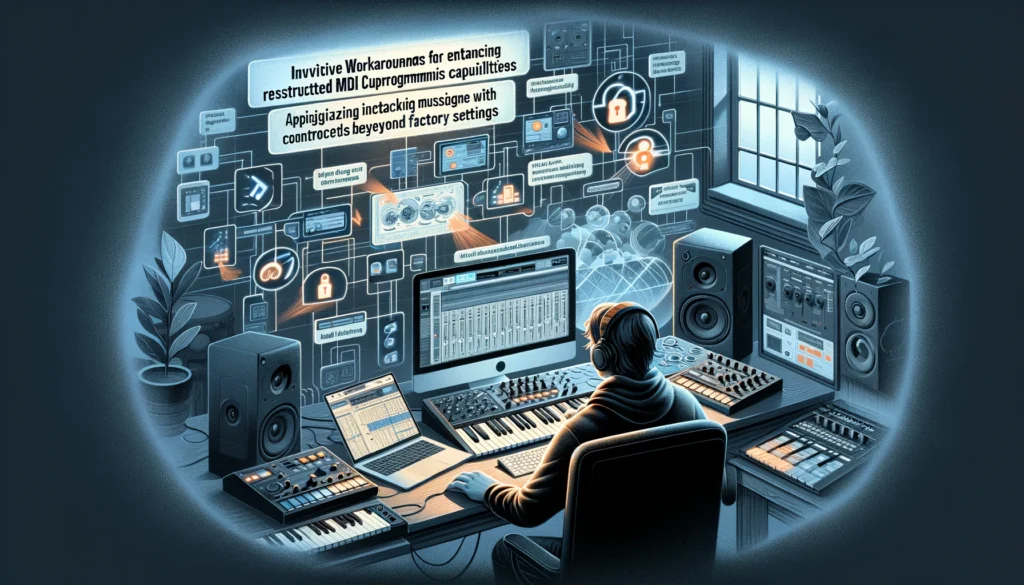
If a MIDI control surface interface has restrictions when it comes to remapping and reprogramming controls, there are some partial workarounds users can try even if they have limited capability.
For example, most DAWs allow for some kind of MIDI learning function where control messages can be manually assigned to parameters.
This allows overriding the factory presets for the device within that particular software only.
Additionally, for some interfaces with closed protocols, clever programmers have been able to hack or reverse engineer the devices to some extent in order to figure out how to edit their MIDI assignments and access reprogramming capability even without official documentation from the manufacturer.
However, this requires advanced technical skill and knowledge to attempt modifying restricted devices to add more customization features.
What is a MIDI Control Surface?
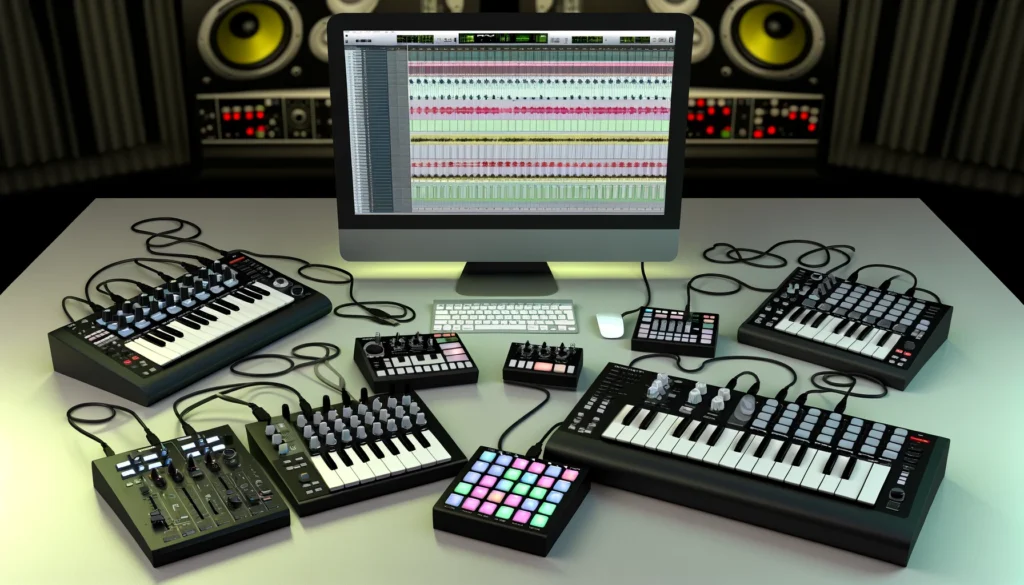
A MIDI control surface is a hardware device that is used to control different parameters of MIDI software or hardware.
These devices often take the form of large mixing consoles, control panels, drum pads, and other interfaces that provide physical controls.
The key purpose of a MIDI control surface is to allow the user to manipulate software settings and functions using physical knobs, faders, buttons, and other controls rather than only using a mouse and keyboard with the software GUI.
This allows for more hands-on control and can speed up workflows for many users.
Many MIDI control surfaces connect to a computer via USB or MIDI cables.
The surface then sends MIDI control change messages to the software that correspond to the movements of faders, presses of buttons, and other actions.
This allows the surface to remotely control parameters like virtual mixer levels, software instrument settings, DAW transport functions, and more.
The assignments of controls to different MIDI messages is a key part of how the surface is able to manipulate different software parameters.
The Concept of Reprogrammability
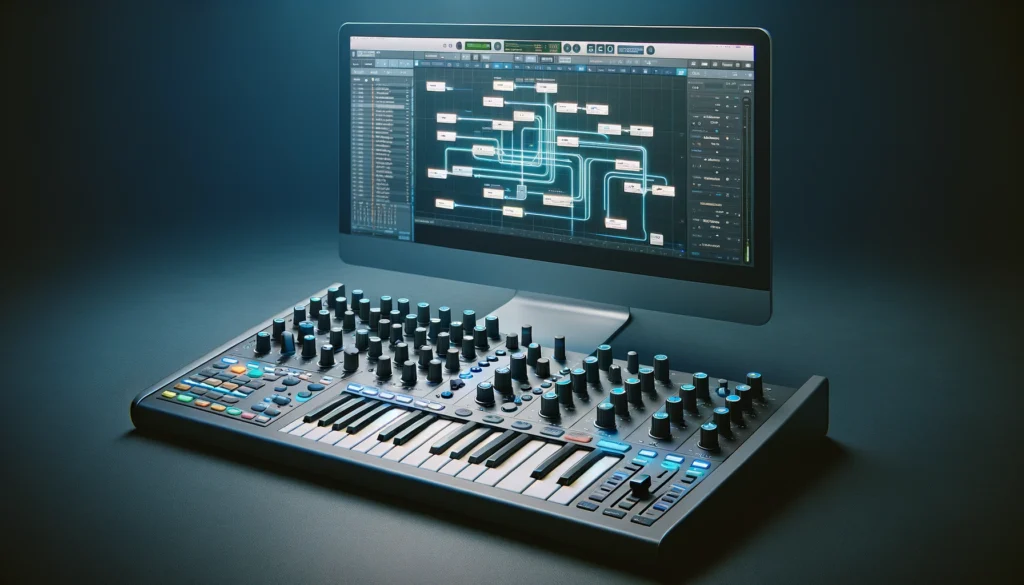
When referring to a MIDI control surface being reprogrammable, this means the ability to change what MIDI commands and functions are assigned to the various buttons, faders, rotary knobs, and other controls on the hardware surface.
Most control surfaces have some kind of factory mapping where the buttons, faders, and other controls are pre-assigned to send certain MIDI messages by default that control certain parameters.
Reprogrammability refers to the ability to override these default MIDI mappings and assign different MIDI control change messages to the controls in order to change what functions they perform.
This level of customizability allows the surface to be configured specifically to a user’s needs and workflow with their music software and instruments.
Factors That Allow Reprogramming
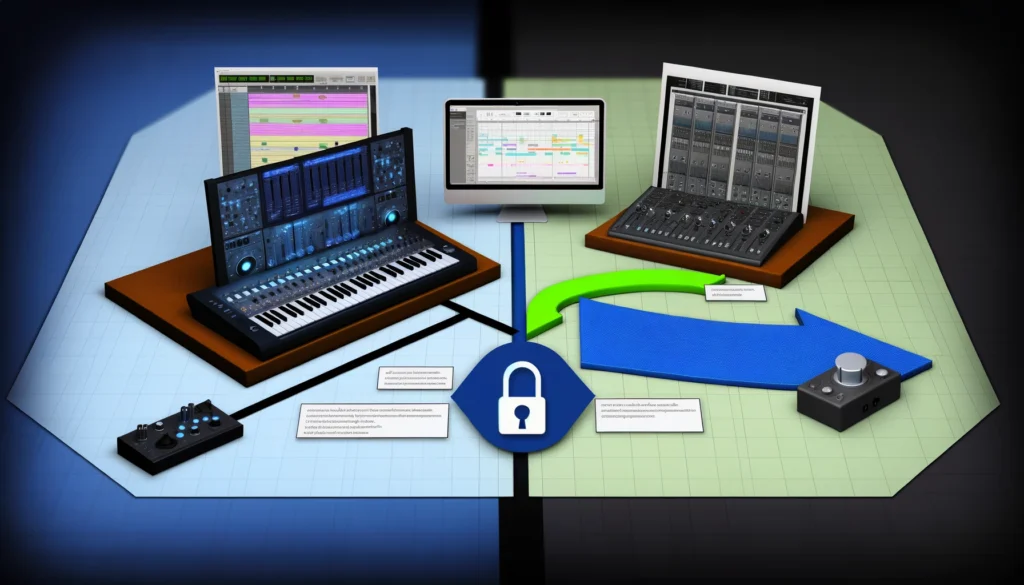
There are a few key factors that determine whether a MIDI control surface can be reprogrammed or not.
Many professional and advanced MIDI surfaces include software editors that allow the user to customize and reassign MIDI messages to all of the available controls.
This provides full and easy reprogramming ability.
Surfaces that follow open protocols like the Mackie Control protocol have the advantage that there is third-party software available to edit and reconfigure the control assignment since the protocol specs are openly available.
On the other hand, some control surface manufacturers intentionally limit which controls can be reassigned or customize to protect certain functions from being changed.
So some surfaces offer more reprogramming flexibility than others.
Surfaces With Reconfigurable Controls
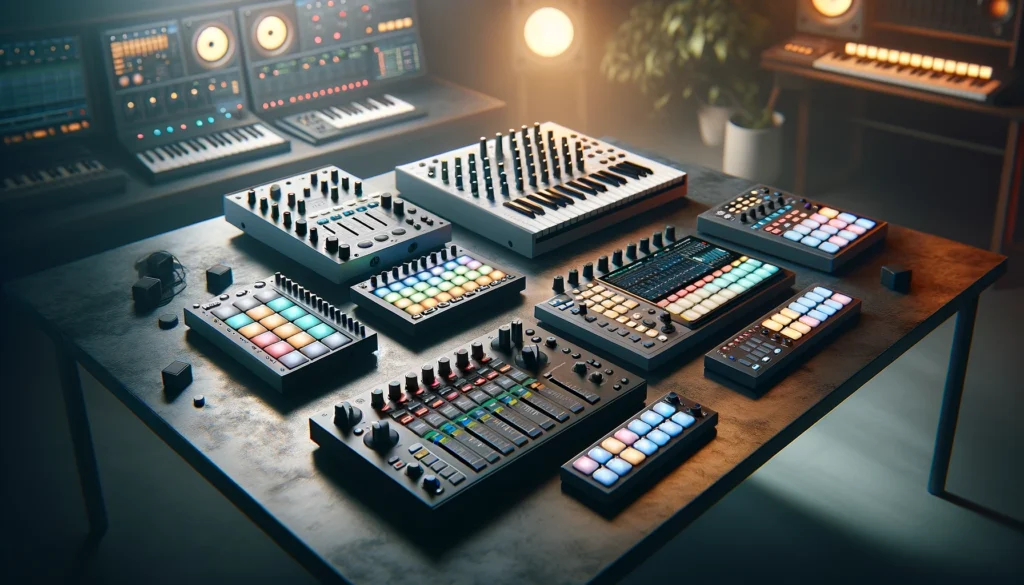
Many popular MIDI control surfaces are designed specifically to offer flexible reprogrammability of the various buttons, faders, knobs, and pads to control different parameters.
For example, controllers like the Akai APC40 and Novation Launchpad have grids of buttons and pads that all can have their MIDI note or control change assignments edited to suit the user’s needs.
Similarly, mixers like those in Native Instruments’ Kontrol series can have the knobs, faders, and buttons mapped to send different MIDI messages other than the factory presets.
This allows the user to control instrument and effect parameters beyond just virtual mixer levels.
The larger and more advanced MIDI surfaces tend to allow users more options for reconfiguring control assignments since they are designed for professional workflows where customizability is important.
Closed or Restricted Control Systems

However, not all MIDI control surfaces allow for the same flexibility and customization capability when it comes to remapping controls.
This is more common among lower-priced or entry-level controllers.
The goal with these simpler devices is often focused more on ease of use rather than advanced customization.
Some control surfaces have a completely closed architecture and do not allow any third-party customization of MIDI mapping or access to reprogramming functions altogether.
So users are stuck with the factory presets for the control functions.
Likewise, some manufacturers have proprietary MIDI protocols for their devices that do not provide official documentation on customizing control assignments.
So there is no authorized way for users to reprogram the controls even if it might be technically possible by reverse-engineering the protocol.
Workarounds for Restricted Surfaces

If a MIDI control surface interface has restrictions when it comes to remapping and reprogramming controls, there are some partial workarounds users can try even if they have limited capability.
For example, most DAWs allow for some kind of MIDI learning function where control messages can be manually assigned to parameters.
This allows overriding the factory presets for the device within that particular software only.
Additionally, for some interfaces with closed protocols, clever programmers have been able to hack or reverse engineer the devices to some extent in order to figure out how to edit their MIDI assignments and access reprogramming capability even without official documentation from the manufacturer.
Conclusion
In summary, MIDI controller reprogrammability varies widely depending on the device.
While high-end gear offers extensive customization, cheaper options are far more limited.
With some technical skill, workarounds can be found, but unsupported hacking has risks.
Focus on your workflow needs when selecting hardware.
Ultimately, the ability to remap controls should be weighed against other factors like price, key features, and overall functionality when choosing the right MIDI control surface.
